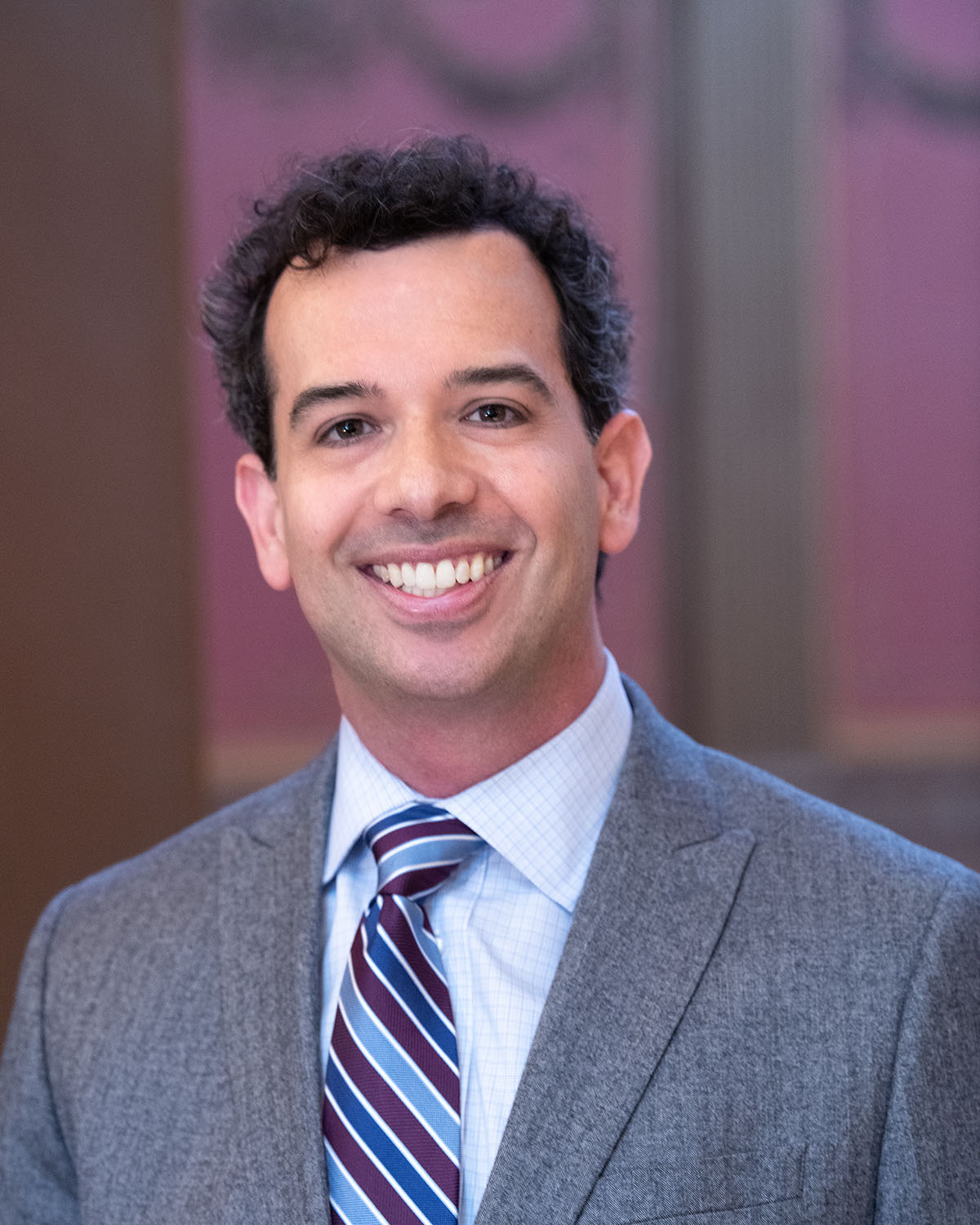

By Zachary Gorchow
President of Michigan Operations
Posted: September 10, 2020 4:47 PM
The upcoming decision by the Michigan Supreme Court on whether Michigan law gives the governor unilateral power to keep the state under a state of emergency indefinitely during a pandemic looms as a key turning point in the court's rulings and tenor.
The court in recent years has seen a bipartisan ruling majority on a host of issues. This can sometimes change depending on the case. Two justices nominated by the Republican Party, Justice Elizabeth Clement and Justice David Viviano, have not infrequently joined with the court's justices nominated by the Democratic Party on major rulings. On insurance cases, Chief Justice Bridget McCormack has often sided with the court's Republican-nominated justices.
And in general, unanimous opinions are far more common than they were 10 years ago when the court was riven by partisanship.
The most telling sign of the court's nonpartisan/bipartisan m.o. was the election of Ms. McCormack, a Democratic nominee, as the chief justice in 2019 even though the court has a 4-3 majority of justices nominated by the Republican Party, in a power-sharing arrangement with Mr. Viviano.
If there was any tension, it seemed to be between two of the Republican nominees, Mr. Viviano and Justice Stephen Markman, who have traded more than their share of biting footnotes in opinions, concurring opinions and dissents.
There have been some signs of cracks lately, however. The court's 4-3 decision not to bypass the Court of Appeals on the state of emergency case produced intense dissents from Mr. Markman, Mr. Viviano and Justice Brian Zahra, the fourth Republican nominee on the court.
Based on what happened in the bypass case, one might guess that Ms. Clement, who joined with the court's three Democrats in the majority, is the swing vote in this case. One could analyze every word the justices spoke during Wednesday's oral arguments looking for clues though that is a risky business. Each of the justices is well-trained in how to argue a case and could simply have been playing devil's advocate to press attorneys for both sides.
Whatever happens, it feels like this decision will mark a turning point in this era for the court. If there is a bipartisan majority opinion, whatever that opinion is, it will signal that the court is continuing on the path it has been on for the past several years, despite a few recent bumps. A 4-3 party-line decision would surely lead to a partisan fury.
More big moments are coming for the court following this decision.
Mr. Markman will be replaced in the November election by a new justice. A Democratic victory would put new pressure on the new Democratic majority on the court to hold together on a number of cases that undoubtedly would start making their way through the state courts. A Republican victory would test whether the four Republicans, freed of whatever issues there are between Mr. Markman and Mr. Viviano, decide to coalesce. That would no doubt show itself quickly in January when the court decides whom to name as the new chief justice.
For those of us who came of age during the Supreme Court blood feuds of 1999-2010, it still feels strange to use the words bipartisan and Supreme Court in the same sentence. The upcoming decision could tell us whether we are headed back to the future.




